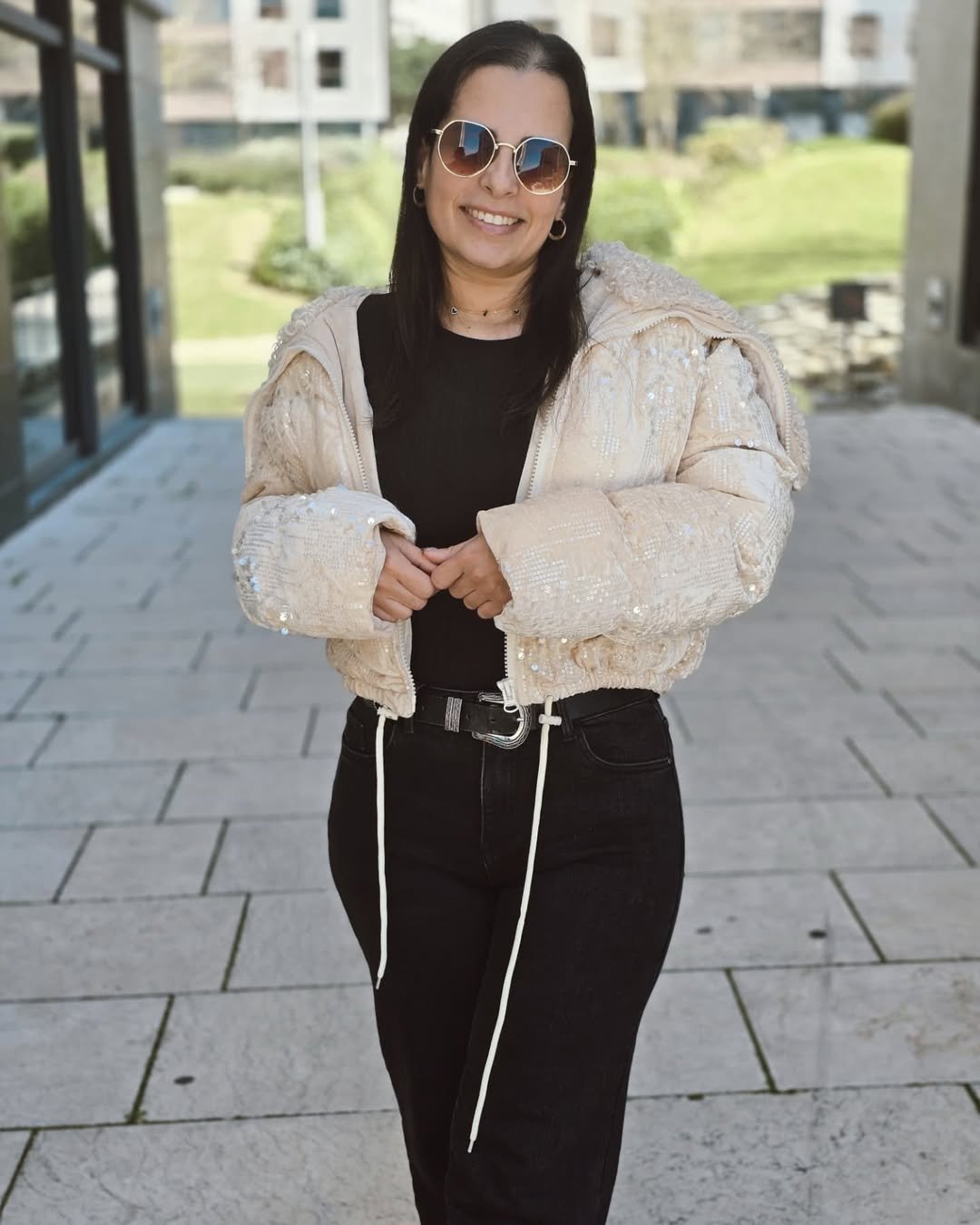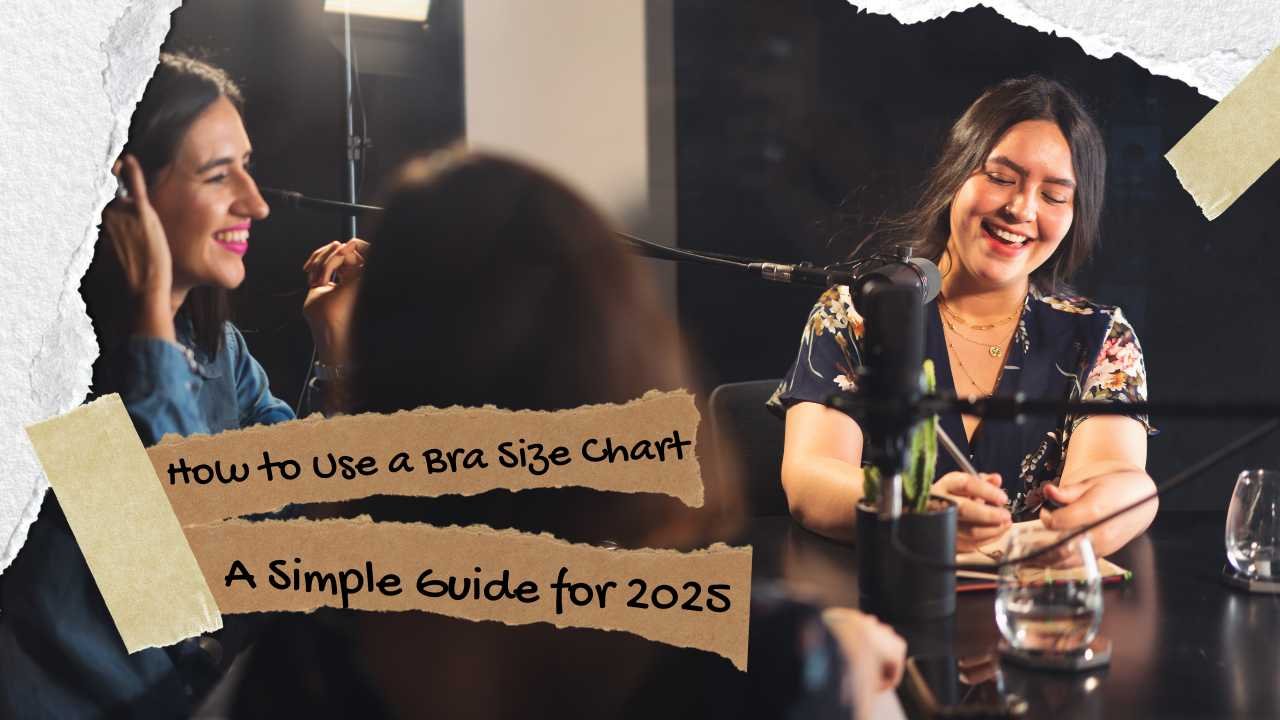Shopping for a bra can feel like a guessing game, especially with so many sizes, styles, and variations available. It’s easy to get lost in the process, making it a confusing task. The key to finding a perfect fit is knowing How to Use a Bra Size Chart: A Simple Guide for 2025. Instead of relying on trial and error, understanding what the measurements actually mean will make the experience much faster and smoother.
Whether you’re looking for an everyday t-shirt bra, a minimizer, or a plus-size option, using the chart correctly can save you from the dressing room drama. Simply walk through the numbers, compare them, and determine your size the right way. This approach ensures that your bra fits comfortably without the hassle of returns and adjustments.
“A well-fitted bra is not just about comfort; it’s about confidence.”
Decoding Bra Size Measurements: What the Numbers and Letters Mean
A bra size chart helps you find the right fit, but first, you need to know what the numbers and letters actually mean. Your size is based on measurements that include band size, bust size, and cup size. These variations determine whether your bra fits comfortably or not. Instead of a guessing game, understanding these key factors makes shopping less confusing and much faster.
- Band size: The number in your size, like 34 or 38, comes from measuring around your ribcage.
- Bust size: Measured around the fullest part of your chest, this helps determine your cup size.
- Cup size: The difference between band and bust measurements defines whether you need an A, B, C, or larger.
- Using the chart correctly ensures a perfect fit for an everyday t-shirt bra, a minimizer, or a plus size option—without any dressing room drama.

| Measurement Type | How to Measure | What It Determines |
| Band Size | Measure around your ribcage, just below the bust. Keep the tape snug but not tight. | Determines the number in your bra size (e.g., 34, 36, 40). |
| Bust Size | Measure around the fullest part of your bust. Keep the tape level across your back. | Helps calculate the cup size. |
| Cup Size | Subtract band size from bust size (each inch = one cup size). | Determines A, B, C, D, etc. |
A Simple Guide to Measuring for the Perfect Bra Fit
Finding a bra that fits well doesn’t have to be a guessing game. With so many sizes, styles, and variations, the process can feel confusing, but using a bra size chart makes it faster and easier. Follow these simple steps to measure correctly and avoid the dressing room drama.
- Measure Your Band Size: Wrap a soft measuring tape around your ribcage, just under your bust. Keep it snug and level, then round to the nearest whole number.
- Measure Your Bust: Place the tape around the fullest part of your chest, ensuring it stays straight across your back. Round to the closest whole number.
- Calculate Your Cup Size: Subtract your band size from your bust measurement. Each inch of difference equals a cup size—1″ for A, 2″ for B, and so on.
- Use the Chart: Match your measurements to the bra size chart to find your perfect fit for an everyday t-shirt bra, a minimizer, or a plus size option.
Once you understand how to use the chart the right way, shopping becomes effortless, and you can confidently choose the best bra for your needs.

Common Bra Sizing Mistakes and How to Avoid Them – like choosing a band that’s too loose or a cup that’s too small.
How different brands may have slightly different sizing charts and why comparing them matters.
The importance of checking for fit adjustments—for example, how the straps, cups, and band should feel when worn.
How Different Bra Styles Affect Fit and Sizing—for instance, how a push-up bra or sports bra might fit differently from an everyday bra.
| Bra Type | Fit Considerations |
| T-Shirt Bra | Designed for a smooth fit under clothes, best for everyday wear. |
| Minimizer Bra | Helps reduce bust projection and creates a streamlined silhouette. |
| Push-Up Bra | Lifts and enhances cleavage, may feel tighter in the cups. |
| Sports Bra | Offers high support, often has a snugger fit for bounce control. |
| Plus-Size Bra | Specifically designed for fuller figures, providing extra support. |
Frequently Asked Questions
How do I measure my bra size at home?
To measure your bra size, wrap a measuring tape around your ribcage for the band size and around the fullest part of your bust. Then, calculate your cup size.
How do I know if my bra fits correctly?
A well-fitting bra should have a snug band, cups that fully contain your breasts, and straps that don’t dig in or slip. The band should stay level across your back.
What distinguishes band size from cup size?
Band size is the measurement around your ribcage, while cup size is the difference between your bust and band measurements. Each inch of difference equals one cup size.
Why do my bra straps keep falling off my shoulders?
Bra straps may fall if they are too loose, stretched out, or if the cup size is too big. Adjusting the straps or choosing a different style may help.
Can my bra size change over time?
Yes, factors like weight fluctuations, pregnancy, and hormonal changes can affect your bra size. It’s recommended to measure yourself every six months for the best fit.
Why does my bra ride up in the back?
If your bra rides up, the band is likely too loose. Try tightening the band or going down a band size while adjusting the cup size accordingly for better support.
How do different bra styles affect fit?
Different styles fit differently. A push-up bra may feel tighter, while a minimizer bra offers a flatter look. Always check sizing recommendations for each style.
Do all brands have the same bra sizing?
No, sizing varies across brands. Some brands run smaller or larger, so always compare size charts and reviews before purchasing a new bra for accuracy.
What should I do if I’m between sizes?
If you’re between sizes, try both and assess comfort. A snug band provides better support, but if it feels too tight, go for the larger size for comfort.
How often should I replace my bra?
Bras should be replaced every 6 to 12 months, depending on wear and tear. If the band stretches out, the cups lose shape, or the straps stop supporting, replace it.
Conclusion
Finding your true bra size is the first step to achieving all-day comfort and confidence. Instead of guessing, using a bra size chart ensures you get the perfect fit every time. Brands like ThirdLove offer a wide range of styles and inclusive sizing, making it easier for everyone to find a bra that truly supports their shape.
“A well-fitting bra isn’t just about how it looks—it’s about how it makes you feel.”

Catarina Ferreira – Fashion enthusiast and founder of Dress Dreamers. Based in Lisbon, Portugal, she shares insights on beauty, travel, fashion, and lifestyle. Passionate about inspiring others to express their unique style, Catarina curates trends, outfit ideas, and dressing guides to help you look and feel your best.




